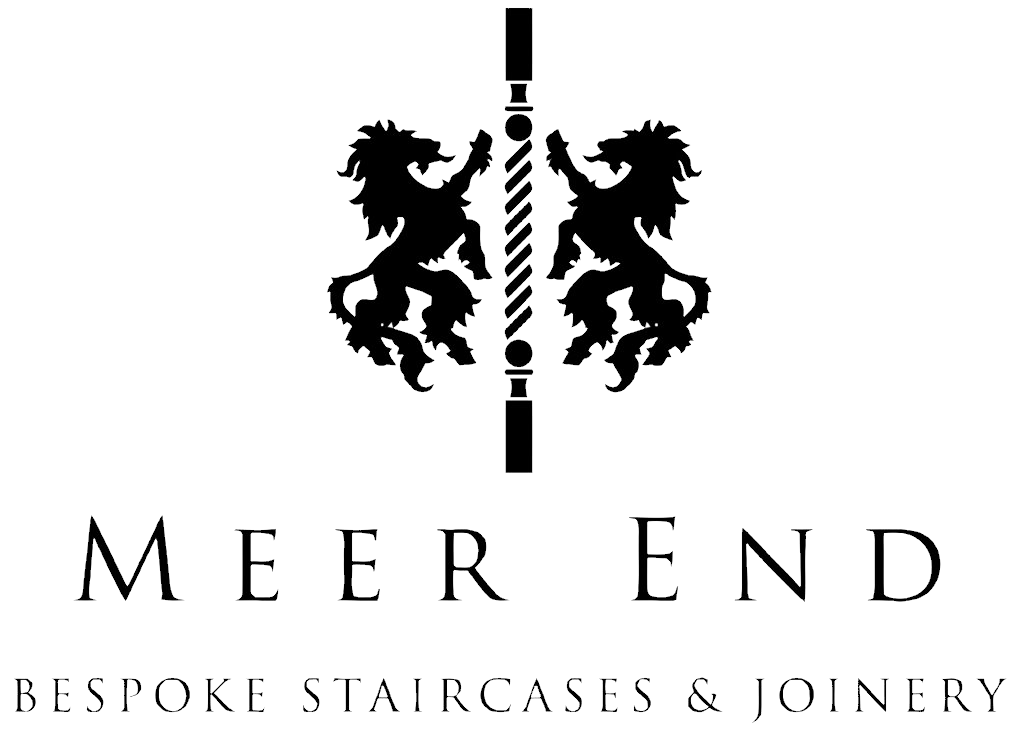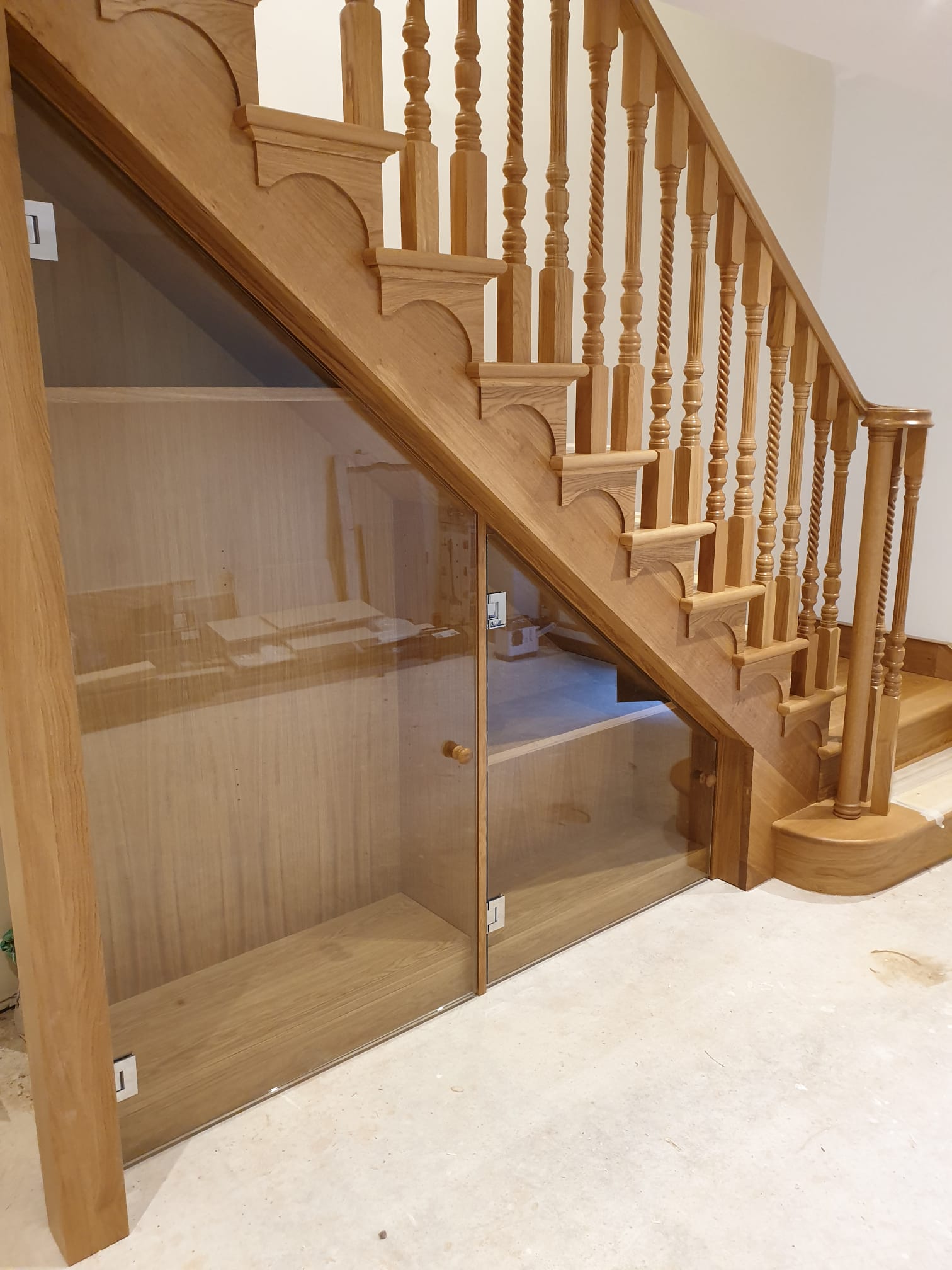Staircases do far more than connect levels; they shape how a home feels and functions. The contrast between traditional staircases and modern designs lies not only in appearance but in how each expresses craftsmanship, material, and proportion. Understanding these differences helps homeowners choose a style that feels authentic to both the property and the people who live there.
Design Philosophy and Proportion
Traditional staircases follow centuries-old design rules grounded in proportion and balance. The rise, going, and pitch are planned for comfort, while turned spindles, carved newels, and moulded handrails add rhythm and refinement. These are designs meant to complement period architecture — homes built when joinery was an art.
Modern staircases, by contrast, pursue minimalism. They often feature floating treads, open risers, or frameless glass balustrades. While sleek, they rely more on engineered metal or composite supports than visible joinery. The effect is architectural rather than crafted — designed to disappear rather than decorate.
Materials and Craftsmanship
Wood is at the heart of every traditional wooden staircase. Oak remains the material of choice for its durability and character, though walnut, ash, and beech are also common. Traditional designs celebrate the tactile warmth of timber, the grain aligned and matched by eye.
Modern staircases often combine materials — steel, glass, powder-coated aluminium — prioritising precision manufacturing over hand finishing. While this offers structural freedom, it sacrifices the quiet depth that only seasoned hardwood provides. A traditional oak staircase changes subtly over time, its finish mellowing and its surface recording the life of the house.
You can see how these materials influence style and atmosphere in the Traditional Staircases Gallery, where grain, tone, and craftsmanship shape each design individually.
Balustrades and Detail
In a staircase traditional design, detail matters. Turned spindles, chamfered posts, and moulded strings are chosen to echo the architectural language of the building. Even small decisions — a swept volute or a raised moulding — anchor the design historically.
Modern equivalents prefer clean lines: glass panels clamped to steel, slim rods instead of spindles. The balustrade becomes transparent, a barrier rather than a statement. The result is striking but often impersonal.
Integration with Architecture
Traditional staircases sit comfortably within period and rural properties because they share the same vocabulary of proportion, timber, and joinery. In restoration work, joiners often replicate original mouldings or match existing handrails to maintain visual unity. In new builds, traditional forms bring character to otherwise contemporary interiors, softening sharp lines with natural texture.
Modern staircases belong to open-plan spaces and minimalist environments. They suit concrete floors, steel beams, and large windows — settings where light and geometry replace ornament. The challenge is that their precision rarely ages gracefully; small wear marks or surface scratches become more visible than in timber.
For homeowners restoring or designing in heritage style, Meer End’s bespoke traditional staircases bridge these worlds — built with classical proportion but tailored to modern safety and layout requirements.
Maintenance and Longevity
A well-maintained traditional staircase can last for generations. Treads can be refinished, joints tightened, and components replaced individually. The structure is accessible and repairable. Modern staircases, while durable, often depend on proprietary fittings or materials that age less gracefully. Glass scratches, powder coatings chip, and welded joints can’t be reworked easily.
From a sustainability perspective, hardwood remains one of the most renewable construction materials available — locally sourced and biodegradable. The environmental footprint of steel and glass production is far higher.
Emotional and Aesthetic Value
Ultimately, the difference extends beyond style. Traditional staircases feel alive: they creak slightly, reflect the light of the seasons, and gather a patina that speaks of use. Modern staircases are quiet and deliberate — impressive in their precision, but less connected to the human hand.
Both approaches have merit, but where modernity seeks to conceal the maker, tradition celebrates them. That’s why traditional forms continue to appeal long after trends have shifted.
For more insight into how handcrafted work defines space, explore Meer End’s Traditional Staircases Gallery and our bespoke traditional staircases. For broader design context, see Historic England’s guidance on traditional joinery.
FAQs
What is the main difference between traditional and modern staircases?
Traditional staircases emphasise proportion, craftsmanship, and natural timber, while modern staircases use engineered materials and minimalist detailing to create lighter visual profiles.
Are traditional staircases still suitable for contemporary homes?
Yes. Many homeowners integrate traditional staircases within modern layouts to add warmth and authenticity without compromising clean architectural lines.
Why is oak favoured for traditional staircases?
Oak offers exceptional strength and a distinctive grain that finishes beautifully. It ages well, developing a rich patina that complements both period and new properties.
Can a traditional staircase comply with modern building regulations?
Absolutely. Skilled joiners adapt classic proportions to meet current safety standards on pitch, handrail height, and balustrade spacing while preserving period style.
Which style requires more maintenance — traditional or modern?
Traditional wooden staircases benefit from occasional refinishing, but repairs are straightforward. Modern designs using glass or steel may require specialist cleaning or replacement parts.
Do traditional staircases add value to a home?
Yes. Their craftsmanship and natural materials convey quality and permanence, often increasing perceived and resale value compared with mass-produced modern alternatives.
How can I decide which staircase style suits my property?
Consider the building’s architecture and atmosphere. Traditional designs harmonise with character homes and those seeking warmth; modern forms complement minimalist, open spaces.
In Closing
Both styles have their place, but traditional staircases continue to endure because they reflect something more than design — they embody heritage, craft, and the comfort of permanence. A modern staircase may draw the eye, but a traditional one draws the heart.
To discuss a design suited to your own home, view Meer End’s bespoke traditional staircases or browse the Traditional Staircases Gallery for inspiration from recent commissions.



